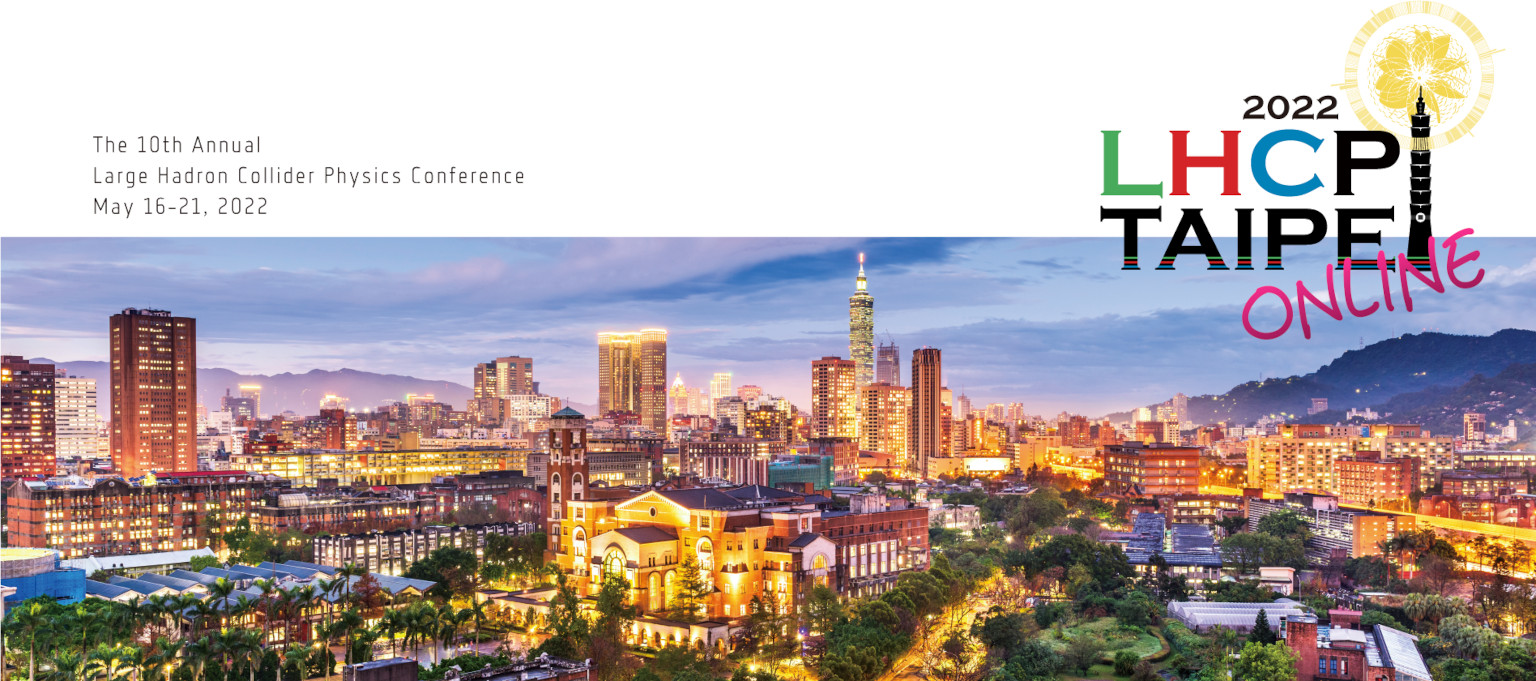Speaker
Description
Heavy-quark production in nuclear collisions is an important tool to access the properties and evolution of a deconfined state of nuclear matter known as quark-gluon plasma. Studies of these probes in pp collisions, besides serving as a reference process, represent a powerful tool for testing various aspects of QCD. An analysis technique that was little explored until now at LHC energies is the analysis of the high-mass region of the dilepton invariant mass spectrum ($m_{\mu \mu}>m_{J/\Psi}$), which is significantly populated by the semileptonic decays of hadrons pairs containing charm and beauty quarks.
In the context of this analysis, studies based on Monte Carlo event generators, such as PYTHIA8, are crucial to reproduce the invariant mass and transverse momentum spectra of muon pairs from heavy-flavour decays, separately for charm and beauty hadrons.
In addition, dedicated Monte Carlo simulations are important to study the contribution from the semileptonic decays of light-flavour hadrons, in particular $\pi$ and $K$, which represent the main background source of this analysis.
The goal of the analysis presented in this poster is a first comparison between the mass spectrum measured by ALICE in pp collisions at $\sqrt{s}$ = 13 TeV, based on an integrated luminosity $\mathcal{L}_{int}$ of $\sim 25$ pb$^{-1}$, and the prediction of the PYTHIA8 calculations. The study will be carried out in the rapidity region 2.5 < $y$ < 4.0, which corresponds to the coverage of the ALICE muon spectrometer.
In further detail, in this poster, I will present the status of the analysis for what concerns the simulation chain and the prospects for the extraction of the heavy-quark pair cross-sections. In particular, I will discuss the fitting technique necessary to disentangle the contributions coming from charm, beauty, and light-flavours hadrons, respectively.
